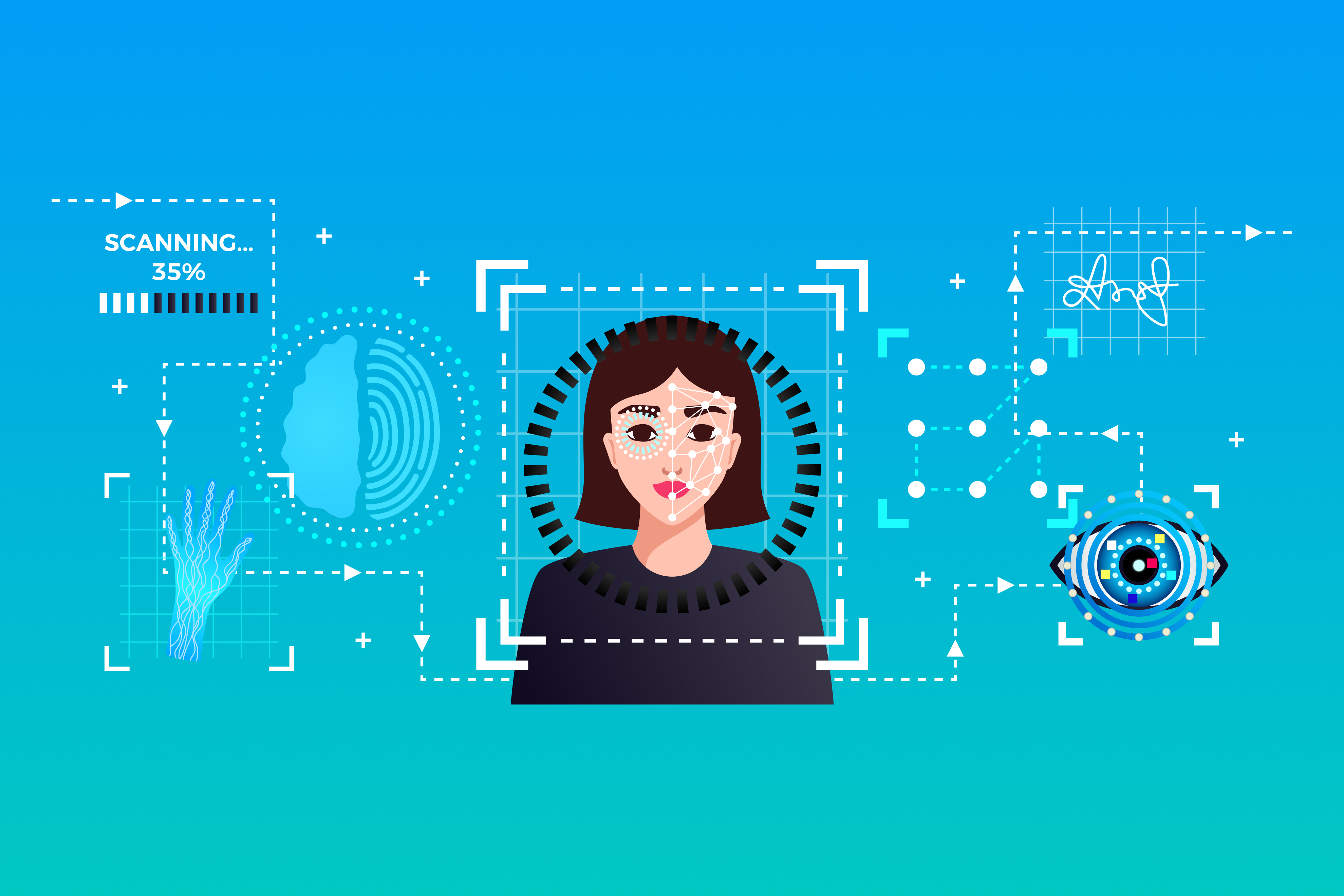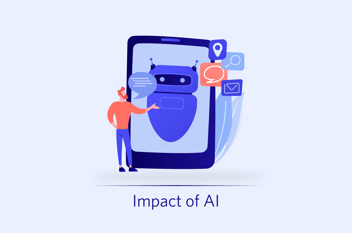Computer vision is a branch of artificial intelligence (AI) and computer science that aims to make it possible for machines to understand and analyze visual data similarly to how humans do. It can be used for a variety of jobs, from straightforward image recognition to more difficult ones like self-driving cars and medical imaging.
The foundations of computer vision will be examined in this blog, along with some of the most fascinating applications and advancements in the area, as well as how it functions and its major subcategories.
How Computer Vision works?
Computer vision requires a lot of data. It performs data analyses frequently until it is able to recognise images and distinguish between items. For instance, a computer needs to be fed a massive amount of football images and football-related objects in order to distinguish between them and recognise a football, especially one without any defects. Algorithms and mathematical models are used in computer vision to interpret and analyze visual data. Usually, there are three processes involved in this.
- Image pre-processing: This involves converting an image into a format that computer algorithms may use in order to prepare it for analysis. The image may need to be resized, turned from color to grayscale, and its noise removed, among other things.
- Feature Extraction: In this process, features from an image that are crucial for identifying objects or regions are found and extracted. Edges, corners, lines, textures, and color schemes are a few examples of these qualities.
- Object Recognition: In this technique, objects, persons, or other items within the image are identified using the features collected from the image. Usually, enormous quantities of picture data are used to train machine learning algorithms, such as deep neural networks, for this.
The information can be used for a variety of tasks, including image classification, object detection, image segmentation, image restoration, and more, once the computer has processed the image and identified the objects within it. All of these tasks rely on the fundamental processes of image pre-processing, feature extraction, and object recognition, though the specific methods employed in each one will vary.
Key Subcategories of Computer Vision
Computer vision has a wide range of subcategories, each with a distinct application and focus. Some of the most significant ones are listed below:
- Image recognition is the process of teaching computers to recognise objects, people, and other features in a photograph or video. A computer may be trained to detect faces, automobiles, and buildings in photos, for example.
- Object detection: This is comparable to image recognition except that it additionally involves finding objects inside an image. For example, a computer may be taught to recognise and locate individuals among a crowd.
- Image Segmentation: This includes segmenting an image into many segments, each of which represents a separate object or region. For example, a computer can be trained to divide an image of a person into segments for the person's hair, face, and clothes.
- Image restoration involves correcting or refining an image by removing flaws like noise or blur. For example, a computer can be trained to restore a fuzzy or noisy image of a person's face, making it more distinct and recognisable.
- Image Synthesis: This includes creating new images based on preexisting images or other input. For instance, a computer can be trained using a series of existing images to create new, lifelike images of faces.
Applications and Developments in Computer Vision
There are many uses for computer vision, from straightforward image recognition to intricate projects. The following are a few of the most fascinating advancements and applications in the industry:
Self-Driving Cars: The ability of self-driving cars to navigate the road, identify hazards, and avoid crashes is greatly aided by computer vision.
Medical Imaging: To assist in the diagnosis and treatment of a wide range of medical conditions, computer vision is being used to analyze medical pictures such as X-rays and MRIs.
Conclusion
In recent years, there have been several developments in the field of computer vision, which is quickly expanding. Computers are used to interpret, understand, and analyze images and videos. The availability of powerful computational resources and enormous volumes of data has made it possible for these algorithms to emerge.
Even though computer vision has advanced significantly in recent years, there is still more to be done to make these algorithms more reliable, robust, and generally applicable. There are many exciting discoveries to look forward to in the upcoming years as a result of the continuous research in this area.




